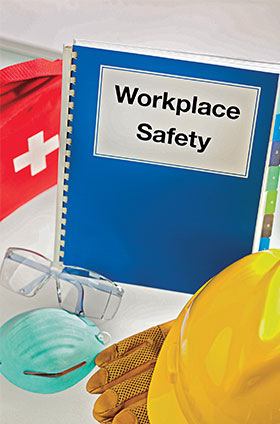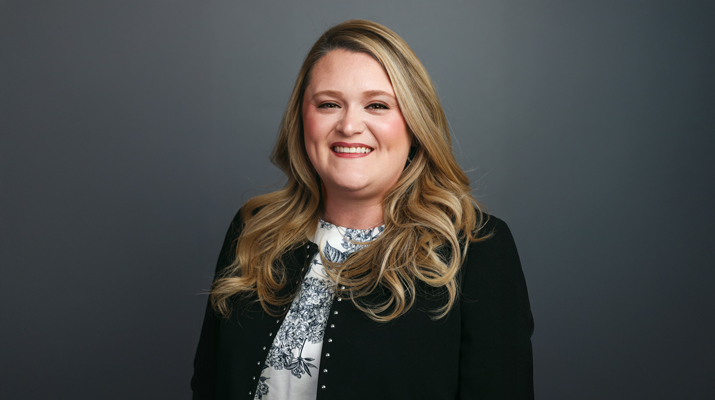Creating a safety culture at your propane operation
Workplace safety is a culture and cannot rely on best practices, guidelines or company policies alone. It is an organizational and personal practice of reminding workers of the particular hazards within their work environment.

A solid safety culture is crucial to a safe workplace. Photo: iStock.com/Casper1774Studio
A safe working environment is based on how well the people within the organization communicate and follow safety standards, but the culture is all about personal behaviors and how we, as individuals, make conscious decisions when it comes to communicating and adhering to safety standards.
The foundation of any workplace safety effort is encouraging employees to identify unsafe behaviors and opportunities for improvement while also making well-informed safety decisions during routine tasks. Here are some top workplace safety tips to help build a safety culture and create an environment where everyone shares responsibility for safety:
Be aware of your surroundings – This requires knowing the particular hazards of the job and/or workplace. Once you’ve identified the hazards, you can take steps to mitigate risks by setting specific actions to take when in hazardous situations.
Keep correct posture to protect your back – If your work involves a lot of sitting, like driving or sitting at a desk, keep your shoulders in line with your hips to avoid back problems. If you’re picking up anything, use correct form so your back doesn’t get hurt. Avoid stooping and twisting, and follow safe lifting practices.
Take regular breaks – Many work-related injuries and illnesses occur due to fatigue, inattention and distractions. Taking regular breaks helps you stay alert, focused and more aware of your surroundings.
Never use shortcuts – Taking shortcuts is a leading cause of workplace injuries. Always use the proper precautions when performing tasks, especially if you are driving equipment or using tools. Using tools in ways for which they are not intended – such as using scaffolding as a ladder – or not using personal protective equipment is very risky. Following procedures and safety guidelines always reduces the risks of workplace injuries.
Report unsafe conditions – Employers are obligated to ensure their employees have a safe working environment; therefore, you have an obligation to inform and communicate any hazardous conditions that may exist. Unsafe conditions should always be addressed immediately from both a communications and mitigation standpoint.
Stay sober – A small percent of workplace fatalities occur due to alcohol and drugs. When workers’ abilities to exercise judgment, coordination, motor control, concentration or alertness are compromised, this leads to any number of risks for workplace injuries, not just to impaired employees but to anyone with whom they work.
Heat stress – We are in the middle of summer, and excessive exposure to heat can cause illness and death. The most serious heat illness is heat stroke. Other heat illnesses, such as heat exhaustion, heat cramps and rash, can also occur. The key is to have a program outlining the risk factors, symptoms of heat exhaustion and stroke, prevention, protection and what to do if a worker becomes ill.
Know emergency procedures – In case of an emergency, all employees need to know what to do and how to react quickly. They should know where to find the exits or safe areas. The time of an incident is not the time to discover you don’t know what to do.
It is everyone’s responsibility to maintain a safe workplace. Building a safety culture will ensure a responsible work environment where all are active participants in the safety process.
Sharing workplace injury statistics and identifying the inherent risks of tasks present in the workplace empowers everyone to make a difference when it comes to safety. A safety culture will create an environment where workplace safety is part of every task, every day, for everyone.
Randy Warner is product manager for Cavagna North America.
NOTE: The opinions and viewpoints expressed herein are solely the author’s and should in no way be interpreted as those of LP Gas magazine or any of its staff members.
















